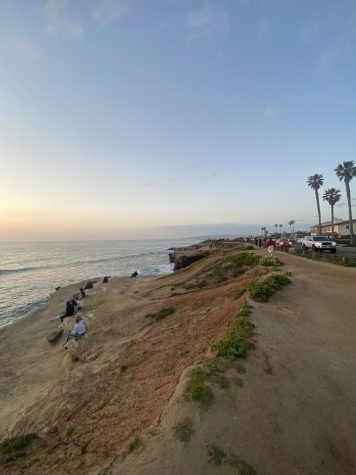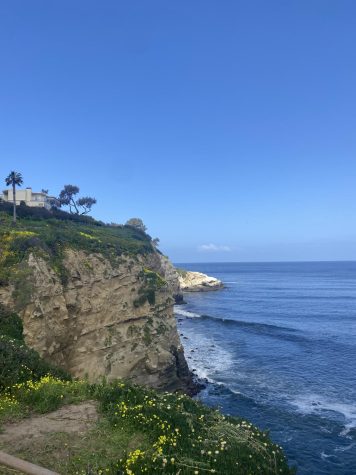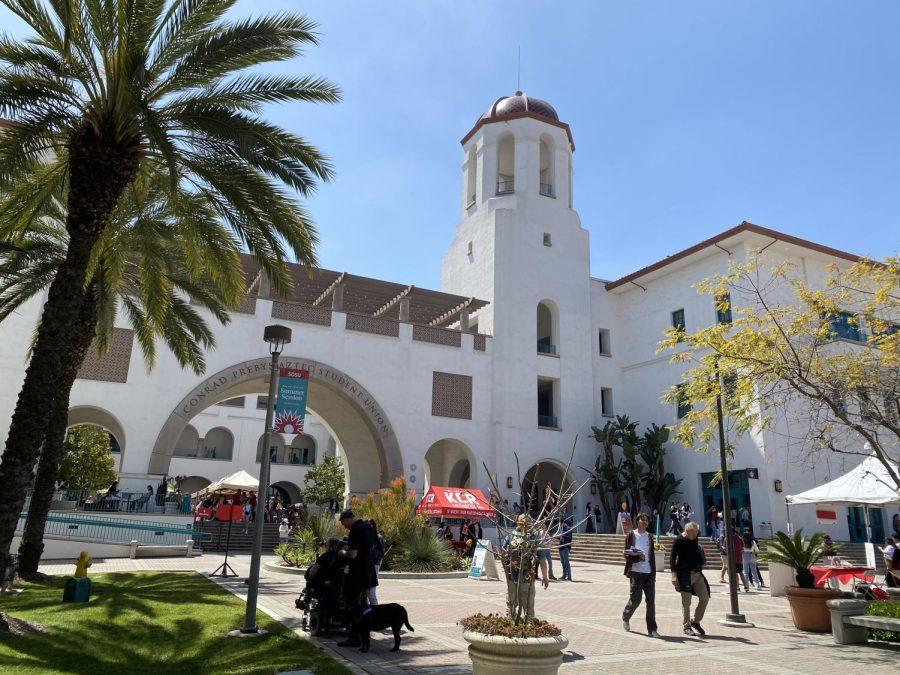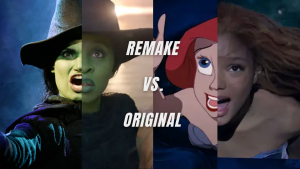The Culture Shock Between The East And West Coast
Cultural, Habitual, and Social Differences
May 24, 2023
This August, I will begin my first year of college at San Diego State University. Located in America’s finest city, I am stoked to adventure off from my roots in New England and experience life on the West Coast. However, there has been one rivalry between the two opposite ends of the continent, and that is one I will be battling for the next four years: the East Coast vs. West Coast.

My trip to San Diego in April hit me hard with culture shock. San Diego State University was filled with lounging students sitting under palm trees by the famous turtle and koi pond; students surfing and skating around campus in between classes. This caught me off guard because when I toured schools in the East, students were always hurrying to the library to study, valuing their education more than taking a quick break.
The East Coast is notorious for the career and goal driven pace. People are always hurrying from one place to the next, impatiently honking their horn at the driver in front of them, or running to catch the next subway. While this lifestyle can be difficult to adjust to, most of us are used to this hustle and once adjusted, can see how exciting this lifestyle is. On the contrary, the West Coast is extremely laid back. Health and nature are an influential factor when it comes to lifestyle. Because the weather is warmer year round, most people are always outside, walking and taking their time when traveling. Residents enjoy the slowness and are rarely in a rush.

Another prominent difference between the two is the food. On the East Coast, we are home to tons of seafood and Italian cuisine. However, the West is driven from Mexican and Asian influence. The East is famous for pizza, bagels, and cheesesteaks, while the West loves its sushi, tacos, and expensive avocado toast.
The cultural influences between the West and East divides the coasts even more, especially in terms of music and fashion. New York is popular for seasonal Broadway shows, orchestras, and ballets. Jazz, blues, and hip-hop are famous in the East, likewise rock, pop, and electronic music is popular in the West. Famous for its Fashion Weeks, NYC dominates the West through its traditional art and reserved style of fashion. LA is famous for big-budget filmmaking and TV productions. The streets are practically movie sets and the city is run by celebrities and their gossip.
There are tons of differences between the two coasts, but this war didn’t just begin out of nowhere; history can prove that the reason goes back decades. Settlers first conquered the East and established towns and cities. Because of this, there are architectural differences. West Coast architecture has a Spanish influence, and builders had designs that provided durability and affordability in terms of culture, climate, and heritage. East Coast architecture is known for its traditional Victorian style buildings that reflect European styles. East Coast construction companies value traditional designs due to the conservative approach to life.

While the two are more than three thousand miles apart, culture, social habits and building styles differ between the two coasts, and things change when you travel back and forth. This experience taught me that not one coast is necessarily better than another, but societal differences explain the ongoing feud between the two. As I experience life for the next four years in the West, these cultural challenges will help me understand the drastic differences and rivalry between the two.







